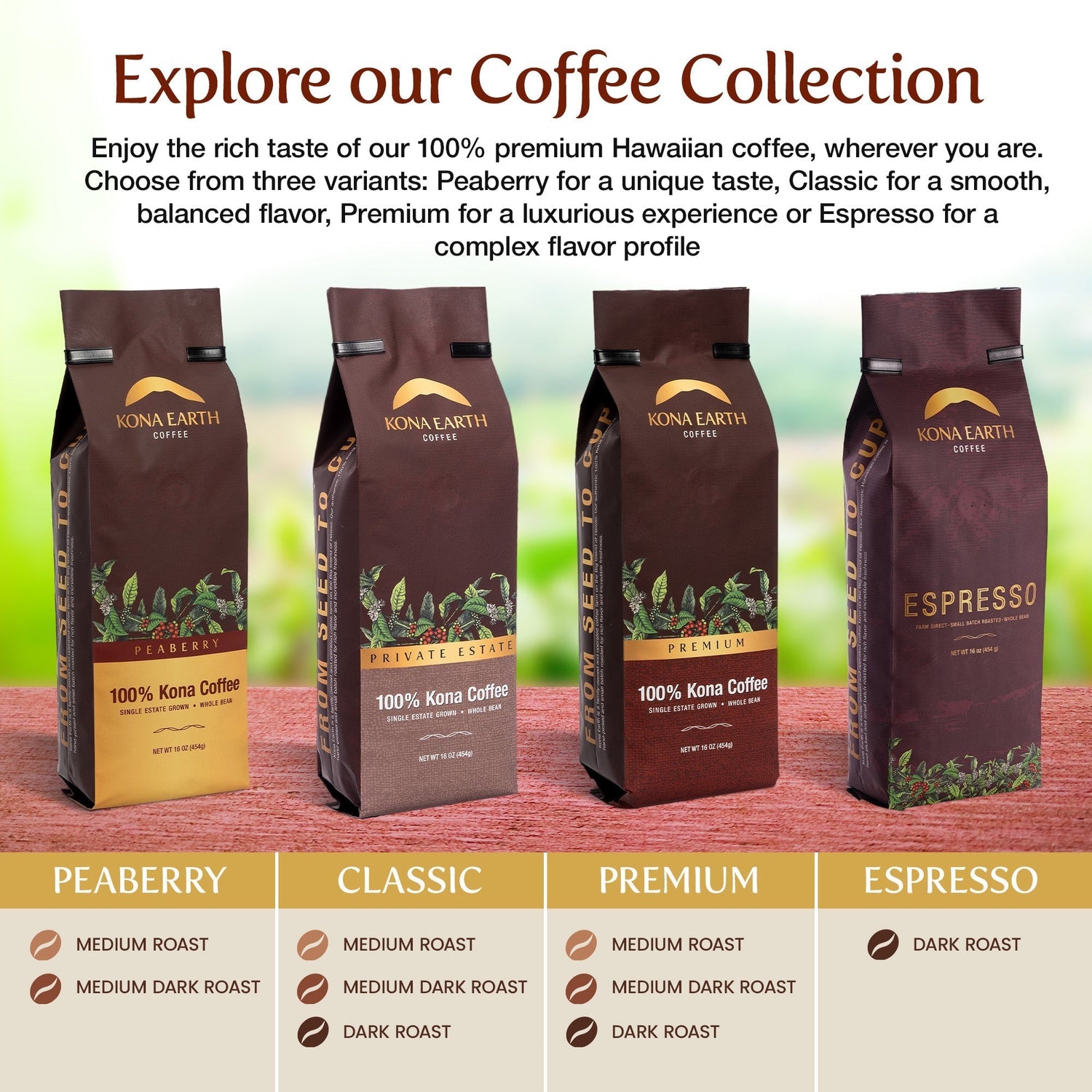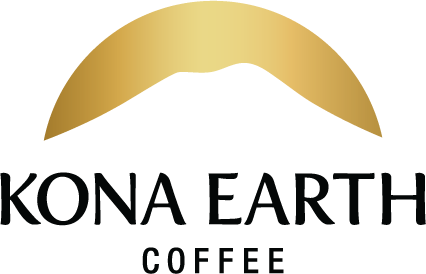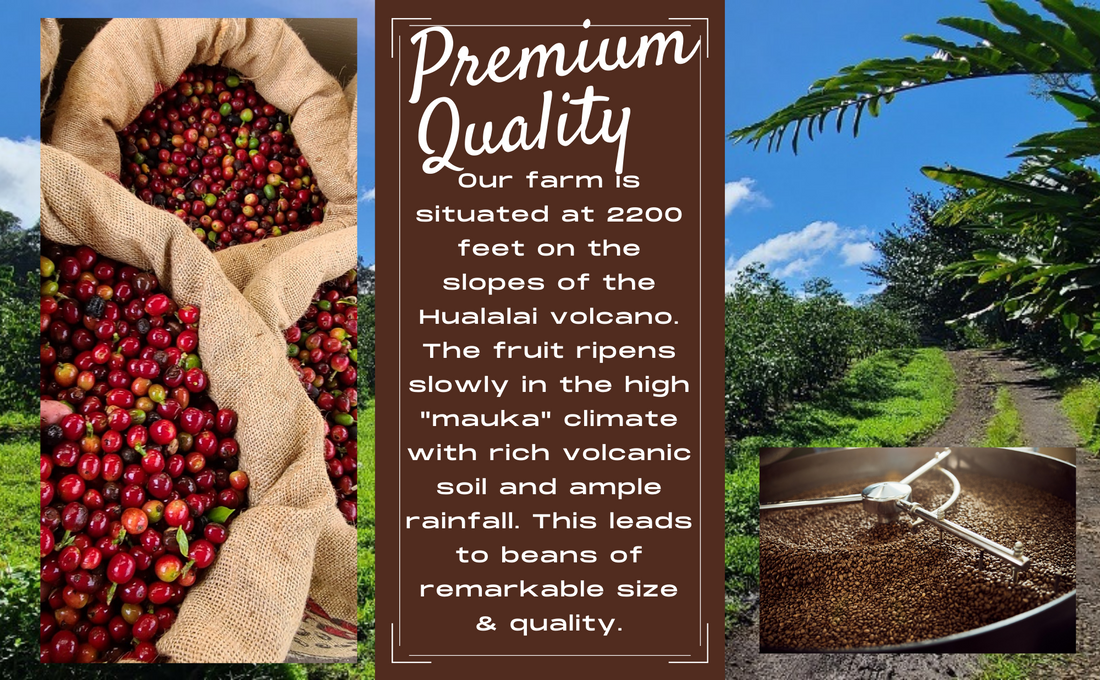Kona Coffee is a much-beloved Hawaiian specialty coffee, known for its rich, smooth flavor. It’s no wonder that for many gourmet coffee lovers, nothing else will do! But beyond just being delicious and flavorful, Kona Coffee is prized for its high-quality. The Kona coffee grading system has a lot to do with this and, if you want to get the very best quality, something to pay attention to.
Kona Coffee comes with different quality grades that are essential barometers for buying. Let's take a look at these coffee grading classifications as they relate to Kona Earth's 100% Kona coffee: In short, coffee grades are determined by three main factors:
- Screen Size: This is the barometer by which Kona coffee beans are sorted and, in a nutshell, relates to the size of the green bean itself. "Fancy" is a screen size of 18/17 whereas "Extra Fancy" has a screen size of 19. In general, larger beans are considered of a higher quality and deliver a superior flavor profile. The exception to this accepted rule is the peaberry, which is a single-bean anomaly that develops in a small percentage of beans (typically less than 5% of any harvest.)
- Moisture Content: In order to qualify as specialty Kona coffee, the green beans must have a moisture content that measures between 9% and 12%. Similar to Goldilocks, it can't be too wet or too dry...it has to be "just right" and fall between these parameters. Moisture is checked constantly by the grower during the drying process and then again when the green beans are taken to dry mill. Then, to maintain that moisture level until roasting, green coffee should be stored in a humidity and temperature-controlled environment.
- Defects: Higher quality coffee has fewer defects. Defects occur when the bean integrity has been compromised by either chips or damage from a pest like CBB. (Coffee Berry Borer - a beetle that bores into the bean and causes degradation.) The fewer the defects, the better the quality.
Tips for Buying
First and foremost, make sure you are buying true, Kona coffee. If it doesn't say "100% Kona coffee" it's not the real thing. Deceptive labeling using words like "Kona blend" or "Kona roasted" are common practice. In fact, there are multiple lawsuits brought against sellers of this imposter coffee. The prices can be significantly lower, though not always. These blends can use as little as 10% of Kona coffee mixed in with lesser quality beans from other regions, such as Columbia or Brazil.
Next, when comparison shopping for 100% Kona coffee, look in the product details for mentions of the coffee grades. If none is specifically mentioned, it most likely means that a blend of higher and lower-quality beans was used. These lower grades may be referred to as "prime" or "Hawaii grade". By mixing in these lower level beans, coffee roasters can reduce their costs. Unfortunately, the quality is also compromised. So your final tasting experience may be a disappointment.
At Kona Earth, we only sell 100% Kona coffee in the top three grades; Fancy, Extra Fancy, and Peaberry.
Lastly, consider where the coffee is produced. If you're buying a coffee that is "single-estate", this means that only beans from that farm are used in the roasted product. This differentiates itself from most large growers and roasters who source their beans from smaller farms and mix them all together. This attention to the bean's origin is an important aspect for specialty coffee aficionados looking for a true artisanal product.
Kona Coffee is certainly unique and worth the splurge. When you apply the Kona grading system and buying tips when shopping for it, you can be sure you're getting the best quality and flavor! We hope this guide will help you make an informed decision when selecting Kona coffee. Enjoy!



